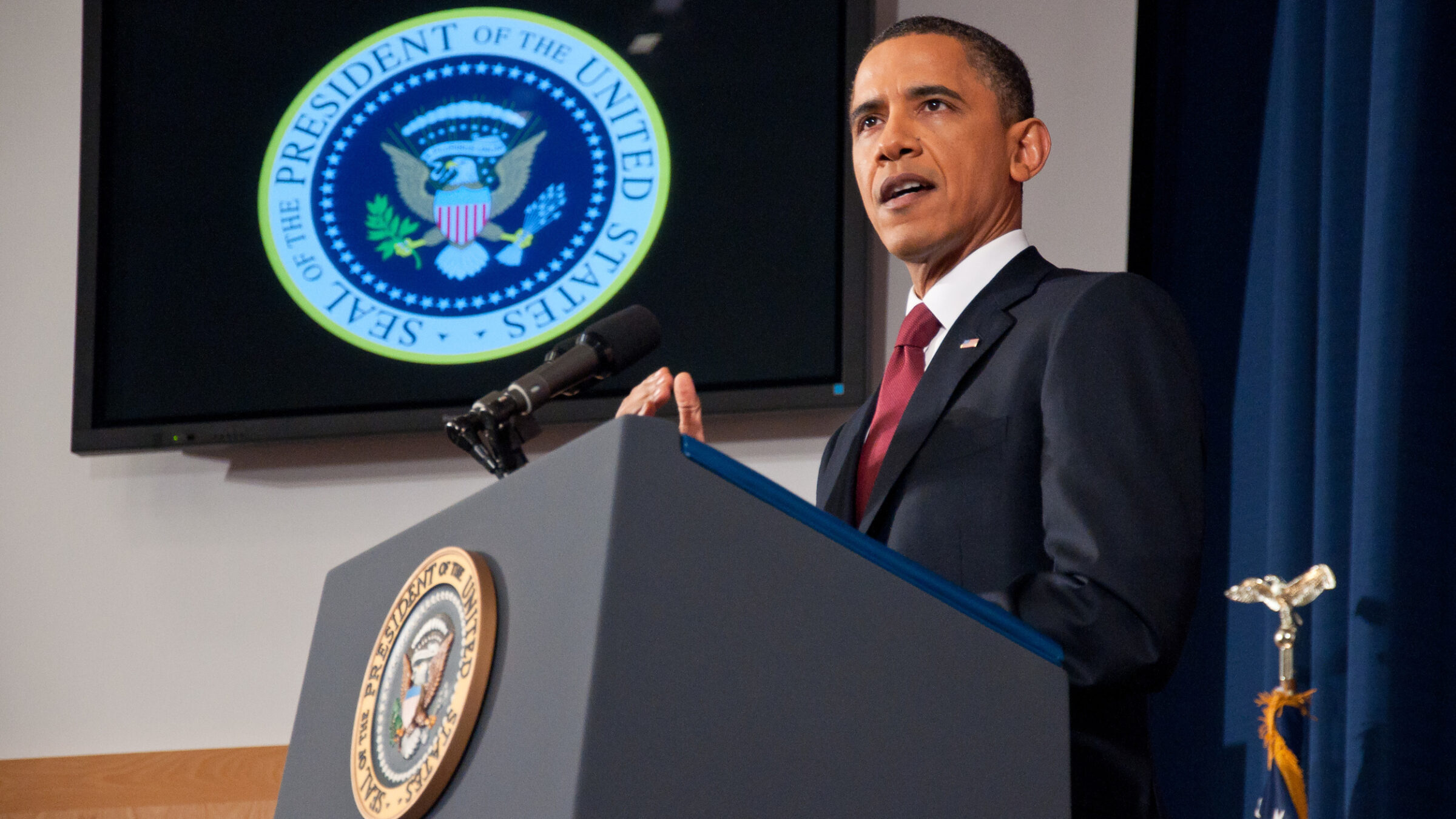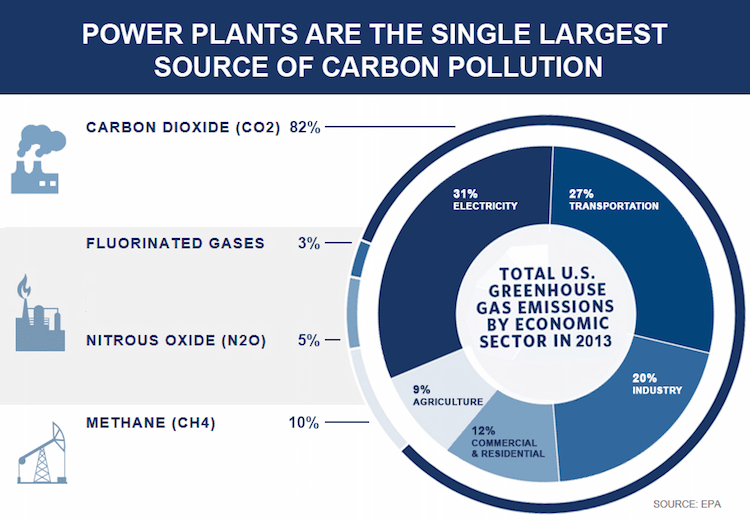Winners and Losers of Obama’s Clean Power Plan
August 21, 2015
President Obama has broken ground on a concrete US carbon emission policy. The initial winners include natural gas, renewable energy, and arguably nuclear, while the loser is predictably coal.

Editor’s Note: The Millennial Voices series is written by and for Millennials to foster nonpartisan discussion. Chad Dixon is an Operator at Viridity Energy. The opinions expressed in this commentary are solely those of the author.
President Obama has broken ground on a concrete United States carbon emission policy. The initial winners include natural gas, renewable energy, and arguably nuclear, while the loser is predictably coal.
The goal of Obama’s Clean Power Plan is to reduce carbon emissions by 32% of 2005 levels by 2030 through the development of individual state policies. The major components include:
- Making fossil fuel power more efficient
- Utilizing more low-emitting power sources (natural gas)
- Utilizing more zero-emission to low-emission sources (nuclear/renewables)
- Increasing energy efficiency
States will be able to develop their own strategy to reach this goal. Most experts think that the structure of these plans will either be a cap-and-trade system based on an overall emissions cap per state, or a rate system based on a CO2/MWh of production goal.
Critics claim the plan is climate radicalism, stating that the EPA “does not have the legal authority to carry out this legislation.” Fifteen states plan to formally file law suits against the EPA.
However, the EPA states that the Clean Power Plan will prevail due to its “sound legal and technical foundation”. In opposition to these filings, fifteen other states including New York, Oregon, and California have stated that they will oppose legal efforts to block the plan’s implementation.
While the EPA sites “significant public health…benefits” as the foundation of the plan, climate change mitigation is the true stimulus for political progress. It is estimated that achieving targets of lower levels of chemical emissions would help avoid thousands of premature deaths and even more cases of asthma attacks leading to hospitalizations.
“Critics claim that the Plan is inherently unfair, punishes taxpayers and will destroy our economy, similar to what was claimed for the Clean Air Act, the Clean Water Act, the Endangered Species Act, and a host of other environmental changes that have kept our country reasonably cleaner and safer than most other nations in the world.”
— James Conca, Forbes
Coal plants are currently being decommissioned faster than ever before in the United States. At the current rate, the majority of states will comply with the mandate without further intervention.
The United States Coal Fleet is nearing retirement age. According to the Energy Information Association, 27 GW of coal-fired electricity capacity will retire within the next 5 years.

Currently, the electricity sector is the greatest source of carbon emissions in the United States. The Clean Power Plan justly ensures that these plants will be replaced with low or zero emission sources.
It is estimated that on average, utilities would only have to cut emissions >1% per year in order to remain compliant. For example, the coal-rich state of Kentucky is “already retiring so many inefficient coal boilers that state officials have said they doubt they’ll need to shut down any more to meet their target.”
Arguably, the Clean Power Plan is a device to gain leverage for the upcoming United Nations climate change conference in December. The plan creates moderate, achievable targets with state level implementation which will establish climate credibility for the United States on a global scale.
More articles from Chad Dixon: A Millennial Path to a Clean Energy Future, America’s Institutional Energy Infrastructure, Production Tax Credits: A Vessel for Clean Energy Growth
Chad Dixon is currently an Operator at Viridity Energy where he has since become a PJM Certified Generation Operator. Chad has previously worked at the Department of Energy and received his B.S. in Energy and Environmental Policy with a Concentration in Economics and Public Policy from University of Delaware.
As a tax-exempt nonprofit organization governed by Section 501(c)(3) of the Internal Revenue Code, Millennial Action Project (MAP) is generally prohibited from attempting to influence legislative bodies in regards to policy and legislation. It is important to note guest authors frequently take firm stances on issues and policy matters that are currently being debated by policymakers; when they do, however, they speak for themselves and not for MAP, its board, council or employees.






Join 1,800+ BIPARTISAN LEADERS NATIONWIDE
Be a part of a network of lawmakers committed to governing effectively, passing more representative public policy, and increasing public trust in democracy.